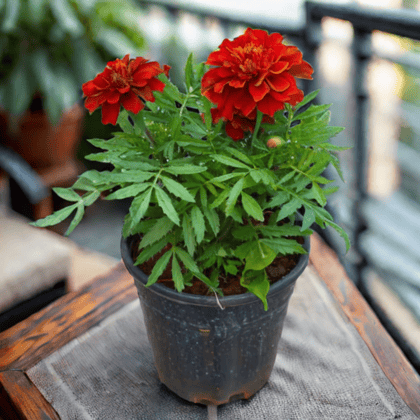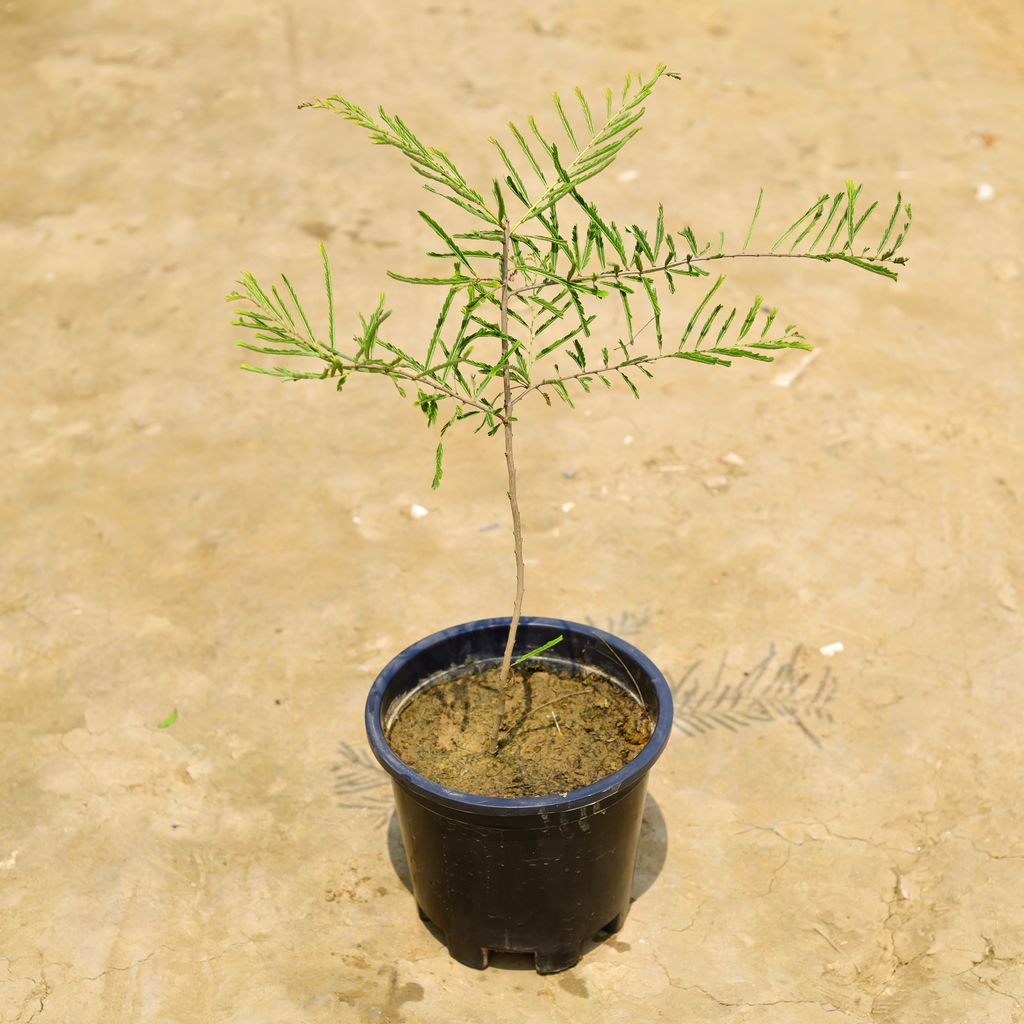
- Plants
- Plants
- Home Decor Plants
- Home Decor Plants
- Pots
- Pots
- Soil & Add ons
- Soil & Add ons
- Seeds
- Seeds
- Tools
- Tools
- Decor
- Decor
- Gifting
- Gifting
- Bulk Gifting
- Bulk Gifting
- Gardening Kits
- Gardening Kits
- Outdoor Garden
- Outdoor Garden
- Others
- Others
- Sale
- Sale
- Best Selling Plants
- Best Selling Plants
Urvann
Urvann is your one-stop online nursery for plants, planters, gardening accessories, and tools. Order fresh plants and get free home delivery on the next day!
ENFB instagram youtube linkedin Urvann
Urvann is your one-stop online nursery for plants, planters, gardening accessories, and tools. Order fresh plants and get free home delivery on the next day!
https://www.urvann.com/s/6176774ef575bbd2b3331c8a/61db06dd744e78df7592f6d9/final-logo-01-1-_cropped-1.png https://www.urvann.com/s/6176774ef575bbd2b3331c8a/61db06dd744e78df7592f6d9/final-logo-01-1-_cropped-1.png +919599585773 [email protected]E-176 110060 Delhi IN
66e98d022f8e20002b411579 Amla / Indian Gooseberry in 10 Inch Nursery Pot https://www.urvann.com/s/6176774ef575bbd2b3331c8a/66e98d052f8e20002b41157b/1percent20-9-.jpg
The Amla plant, also known as Indian gooseberry, is a marvel of nature renowned for its beauty and numerous benefits. With delicate green foliage and small, translucent yellow-green fruits, it adds aesthetic charm to any landscape. Beyond its appearance, Amla offers a treasure trove of health advantages. Packed with vitamin C and antioxidants, it boosts immunity, aids digestion, promotes hair growth, and enhances skin health. Amla is also celebrated in Ayurveda for its ability to balance the body's doshas, contributing to overall wellness and vitality.
Benefits of Amla Plant
![]() Rich in Vitamin C :
Rich in Vitamin C :
Amla is one of the richest natural sources of vitamin C, containing significantly more of this essential nutrient than oranges. Vitamin C is known for its antioxidant properties, which help combat free radicals in the body, boost the immune system, and promote healthy skin and hair.
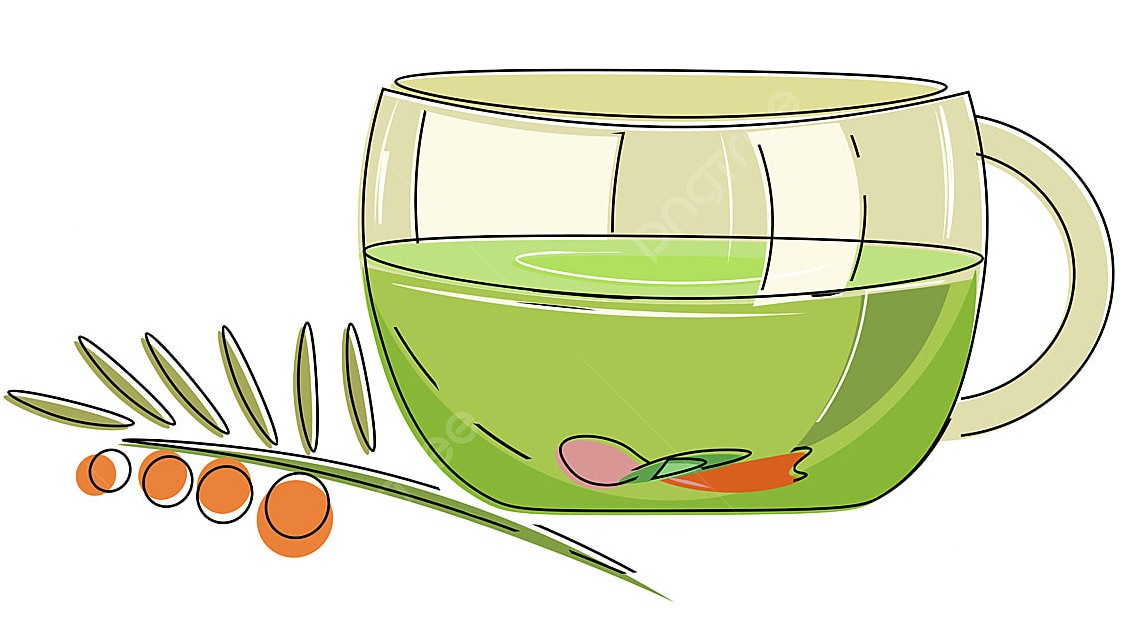 Great for Digestion :
Great for Digestion :
Amla is traditionally used to improve digestion and treat various gastrointestinal disorders. It contains dietary fiber, which aids digestion, prevents constipation, and promotes regular bowel movements. Amla also has mild laxative properties that can help cleanse the digestive system.
 Hair and Skin Health :
Hair and Skin Health :
Amla is a common ingredient in many hair and skin care products due to its beneficial effects on hair and skin health. It nourishes the scalp, strengthens hair follicles, and promotes hair growth. Additionally, the antioxidants in amla help protect the skin from damage caused by UV radiation and environmental pollutants, delaying the signs of aging and maintaining skin elasticity.
Care Tips for Amla Plant
 Watering :
Watering :
The Amla fruit plants need to be watered regularly. As soon as the top layer of the soil is dry, you must water the plant. The plant loves humidity and spraying with water is a good practice.
 Light :
Light :
The Amla plant requires bright sunlight for at least 7-8 hours a day. The morning sun is the most favorable light to fall on it for fruit development.
 Placement :
Placement :
The Amla tree is a plant of the tropics and requires high humid temperatures. Place the Amla tree plant outdoors in an area that receives sunlight.
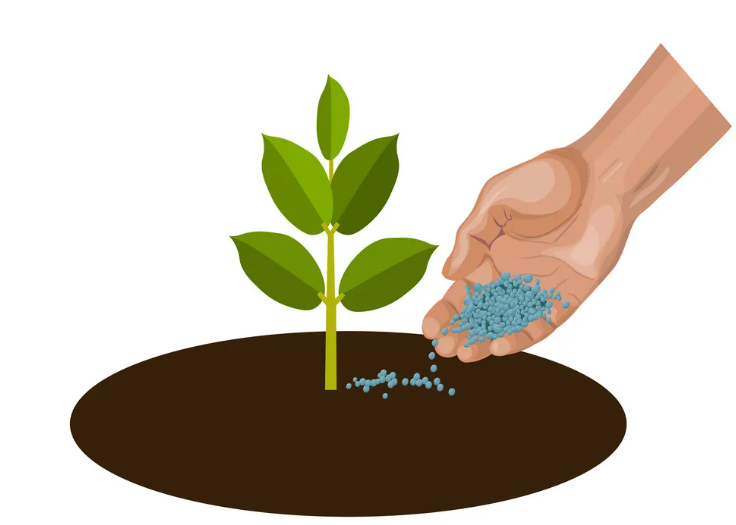 Fertilization :
Fertilization :
Amla trees need fertilizer once a month. You can add Vermicompost every 15 days during the growing season and once a month in general.
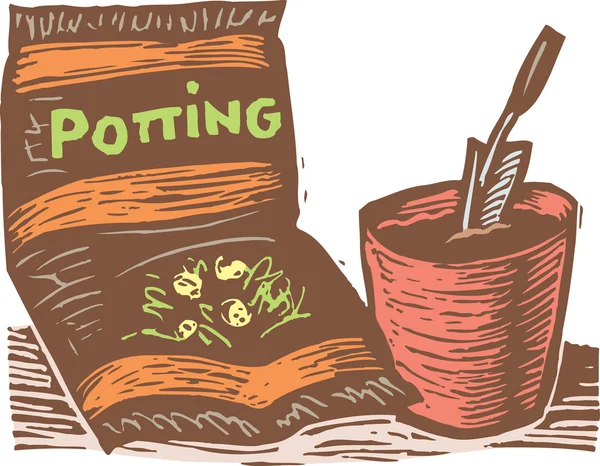 Ideal Soil Mix :
Ideal Soil Mix :
Since the Amla tree is a fruit-bearing plant, it needs more nutrition to grow. So, you can use the following mix, Garden Soil (50%) + Cocopeat (30%) + Vermicompost (20%)
 Pruning :
Pruning :
Pruning is essential to make the Amla Plant bushy and encourage branching. Prune at least two times in a year.
 Pest Control :
Pest Control :
The Amla tree is a hardy plant but is sometimes attacked by aphids or white flies. Keep spraying the plant with neem spray every week or you can also add neem khali to the plants.
Frequently Asked Questions about Amla Plant
1. Can we plant an Amla tree at home?
Yes, the Amla plant can be grown at home in containers or in an outdoor garden as well.
2. How long does Amla tree take to fruit?
A young amla plant may take 5-6 years to start bearing fruits.
3. What is the English name for the amla plant?
The English name for the amla plant is Indian Gooseberry.
4. Is Amla easy to grow?
Yes, it is an easy-to-grow fruit-bearing plant.
5. In which season amla is grown?
The plant is mostly grown from July to September.
6. Where to buy Amla plants?
Visit Urvann to find the best quality Amla plants at the most affordable prices.
.
ANJ1596Pin stockINR 199
1 1
Email ID already exists!
Your Current password is incorrect
Password Updated Successfully
Thanks for your Feedback
- Home
- Pet Friendly Plants
- Winter Plants
- Amla / Indian Gooseberry in 10 Inch Nursery Pot
Amla / Indian Gooseberry in 10 Inch Nursery Pot
₹199₹539 (63%OFF)
Sold By: ANJ
Features
- Rich source of Vitamin C
- Antioxidant
- Immunity booster
- Valued in Ayurveda
Description of product
The Amla plant, also known as Indian gooseberry, is a marvel of nature renowned for its beauty and numerous benefits. With delicate green foliage and small, translucent yellow-green fruits, it adds aesthetic charm to any landscape. Beyond its appearance, Amla offers a treasure trove of health advantages. Packed with vitamin C and antioxidants, it boosts immunity, aids digestion, promotes hair growth, and enhances skin health. Amla is also celebrated in Ayurveda for its ability to balance the body's doshas, contributing to overall wellness and vitality.
Benefits of Amla Plant
![]() Rich in Vitamin C :
Rich in Vitamin C :
Amla is one of the richest natural sources of vitamin C, containing significantly more of this essential nutrient than oranges. Vitamin C is known for its antioxidant properties, which help combat free radicals in the body, boost the immune system, and promote healthy skin and hair.
 Great for Digestion :
Great for Digestion :
Amla is traditionally used to improve digestion and treat various gastrointestinal disorders. It contains dietary fiber, which aids digestion, prevents constipation, and promotes regular bowel movements. Amla also has mild laxative properties that can help cleanse the digestive system.
 Hair and Skin Health :
Hair and Skin Health :
Amla is a common ingredient in many hair and skin care products due to its beneficial effects on hair and skin health. It nourishes the scalp, strengthens hair follicles, and promotes hair growth. Additionally, the antioxidants in amla help protect the skin from damage caused by UV radiation and environmental pollutants, delaying the signs of aging and maintaining skin elasticity.
Care Tips for Amla Plant
 Watering :
Watering :
The Amla fruit plants need to be watered regularly. As soon as the top layer of the soil is dry, you must water the plant. The plant loves humidity and spraying with water is a good practice.
 Light :
Light :
The Amla plant requires bright sunlight for at least 7-8 hours a day. The morning sun is the most favorable light to fall on it for fruit development.
 Placement :
Placement :
The Amla tree is a plant of the tropics and requires high humid temperatures. Place the Amla tree plant outdoors in an area that receives sunlight.
 Fertilization :
Fertilization :
Amla trees need fertilizer once a month. You can add Vermicompost every 15 days during the growing season and once a month in general.
 Ideal Soil Mix :
Ideal Soil Mix :
Since the Amla tree is a fruit-bearing plant, it needs more nutrition to grow. So, you can use the following mix, Garden Soil (50%) + Cocopeat (30%) + Vermicompost (20%)
 Pruning :
Pruning :
Pruning is essential to make the Amla Plant bushy and encourage branching. Prune at least two times in a year.
 Pest Control :
Pest Control :
The Amla tree is a hardy plant but is sometimes attacked by aphids or white flies. Keep spraying the plant with neem spray every week or you can also add neem khali to the plants.
Frequently Asked Questions about Amla Plant
1. Can we plant an Amla tree at home?
Yes, the Amla plant can be grown at home in containers or in an outdoor garden as well.
2. How long does Amla tree take to fruit?
A young amla plant may take 5-6 years to start bearing fruits.
3. What is the English name for the amla plant?
The English name for the amla plant is Indian Gooseberry.
4. Is Amla easy to grow?
Yes, it is an easy-to-grow fruit-bearing plant.
5. In which season amla is grown?
The plant is mostly grown from July to September.
6. Where to buy Amla plants?
Visit Urvann to find the best quality Amla plants at the most affordable prices.
.
Related products
User reviews
Urvann is your one-stop online nursery for plants, planters, gardening accessories, and tools. Order fresh plants and get free home delivery on the next day!
Information
Major Categories
Gifting
Offers under 99
Offers Under 199
Plants
- Indoor Plants
- Low Maintenance Plants
- Flowering Plants
- Outdoor Foliage Plants
- Religious & Sacred Plants
- Air Purifying Plants
- Cactus & Succulents
- Good Luck Plants
- Plants by Location
- Plants of the Month
- Herbs-Medicinal & Vegetable Plants
- Fruit Plants
- Monsoon Plants
- Hanging Plants
- Potted Plants
- Bonsai Plants
- Special Plant Combos
- Bamboo Plant
- Pet Friendly Plants
- Plants to grow in Water
- Mosquito Repellent Plants
- Climbers & Creepers
Gardening Tools & Equipments
Soil & Fertilizers
Membership & Gift Cards
ADDRESS
Urvann India Private Limited
E-176
Delhi
Delhi 110060
IN
NEWSLETTER
Subscribe to get Email Updates!
Thanks for subscribe.
Your response has been recorded.
India's Number 1 Choice for Plants | Urvann India Private Limited




